Discover the teacher’s tips and exercises to strengthen and define your core muscles
Having a defined abdomen is not just an aesthetic issue. A strong core, which includes the abdominal muscles, is essential for stability, posture, balance and overall physical performance. Furthermore, abdominal strength helps prevent injuries and improves the execution of different movements, both in daily activities and in sports.
In this article we will explore how calisthenics can be the key to strengthening and defining your abs, without having to leave home. We will also understand how nutrition and aerobic exercise contribute to abdominal definition.
The importance of a strong abdomen
Before talking about specific exercises, it is important to understand the crucial role that the abdominal muscles play in health and physical performance.
Benefits of a Strong Core:
- Improved stability and balance: The core is the basis of all body movements. A strong abdomen helps improve balance and stability, which are essential for sports and daily activities
- Prevention of back injuries: Strengthening the abdominal region is crucial to avoiding back pain and spinal injuries, especially lower back injuries
- Increased strength and athletic performance: Well-developed abdominal muscles are essential for effective movements in various sports
- Improved posture: a strong core supports the spine and promotes correct body alignment, preventing postural problems
With this we can conclude that training the abdomen has not only aesthetic purposes, but also improves the functional health of the body, which is fundamental for well-being and physical performance.
Nutrition and aerobic exercise are essential
Although abdominal exercises are essential for strengthening and defining the region, definition of the abdomen goes beyond localized training. In order for the abdominal muscles to become visible, it is necessary to reduce the percentage of body fat.
- Balanced diet: A nutrient-rich, calorie-controlled diet is essential for the body to burn fat stored in the abdominal region
- aerobic exercises: activities such as running, walking, cycling and swimming are excellent for burning calories and fat, helping with abdominal definition
The combination of these three factors – abdominal training, balanced nutrition and aerobic exercise – is the key to getting defined abs and a strong core.
11 calisthenics exercises to define your abs
Calisthenics, which uses your body weight as resistance, is a great option for training your abs at home, without the need for equipment. Below are 11 powerful exercises to strengthen and define the abdominal region:
1. Traditional static table
The more traditional version of the abdominal plank can be performed either with the support of the elbows or with straight arms. When you choose the position, hold it statically, with legs together and straight and arms about shoulder-width apart, for a few seconds and repeat for a few sets. The entire torso must be erect and the abdomen contracted, as well as all the muscles involved.
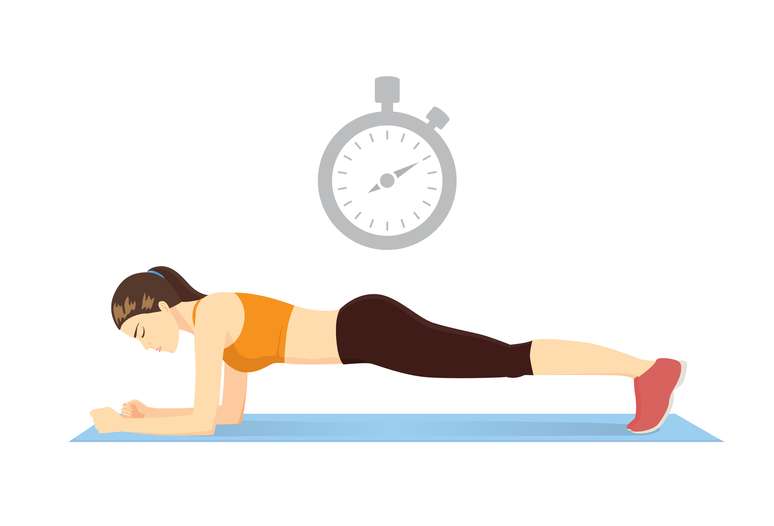
2. Dynamic board
This version of the abdominal plank begins in the position with your elbows resting on the floor, with your legs together and straight, and your arms about shoulder-width apart. Then, the person must extend the right arm (keeping the hand supported) while the left arm remains flexed and supported by the elbow. Then, extend your left arm as well. The return is also carried out gradually, first bending the right arm again and then the left. In this process, the entire body, above all nucleus and the abdomen remain contracted.
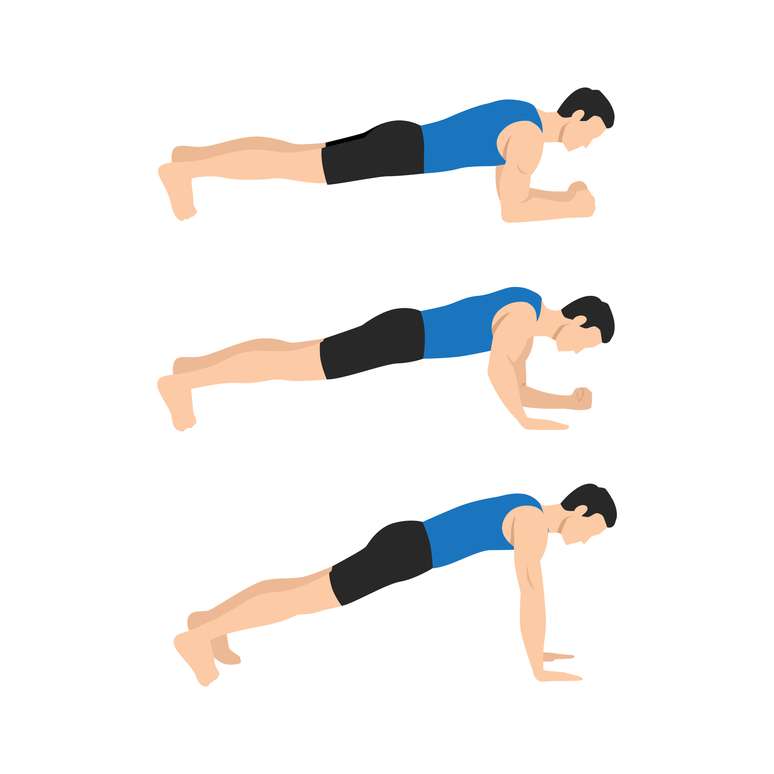
3. Lateral rotation
The movement begins with the palms of the hands resting on the floor, legs and arms extended and muscles contracted. Subsequently, a lateral rotation is performed, raising one arm upwards while the other rests on the floor. Return and perform the movement with the other arm.
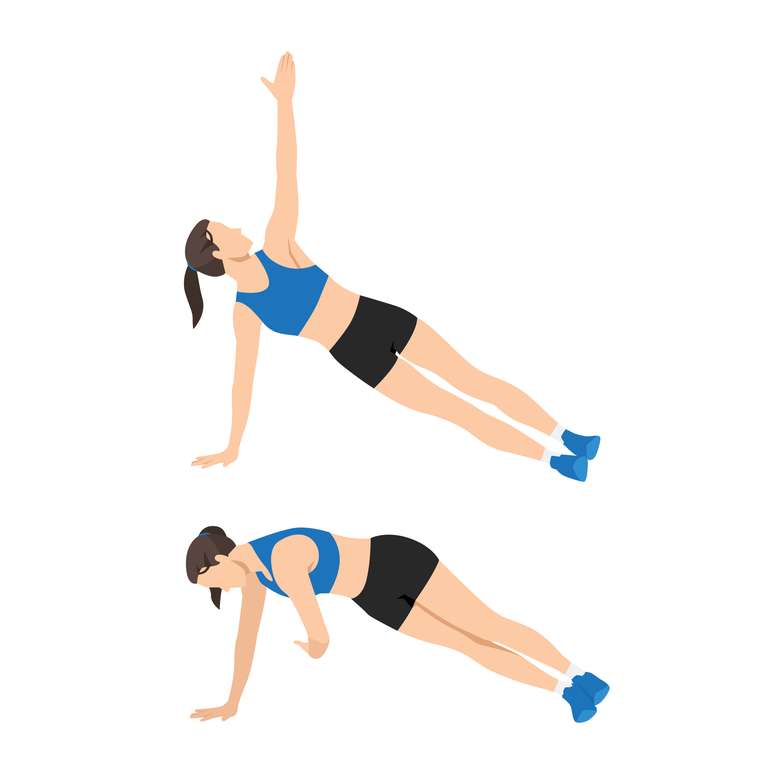
4. Single Arm Raise Plank
The movement is similar to the previous one, but without hip rotation. Only the arms should be raised, either to the side or in front of the body, while the torso remains fixed in the abdominal plank position.

5. Reverse plank
The premise is the same as the traditional plank, but the belly is facing upwards and not towards the ground. Lie on your back on the floor with your legs together and straight. Then, extend both arms shoulder-width apart, lifting your hips. Hold the position with contracted muscles and return. To make it more difficult, you can also lift one leg.
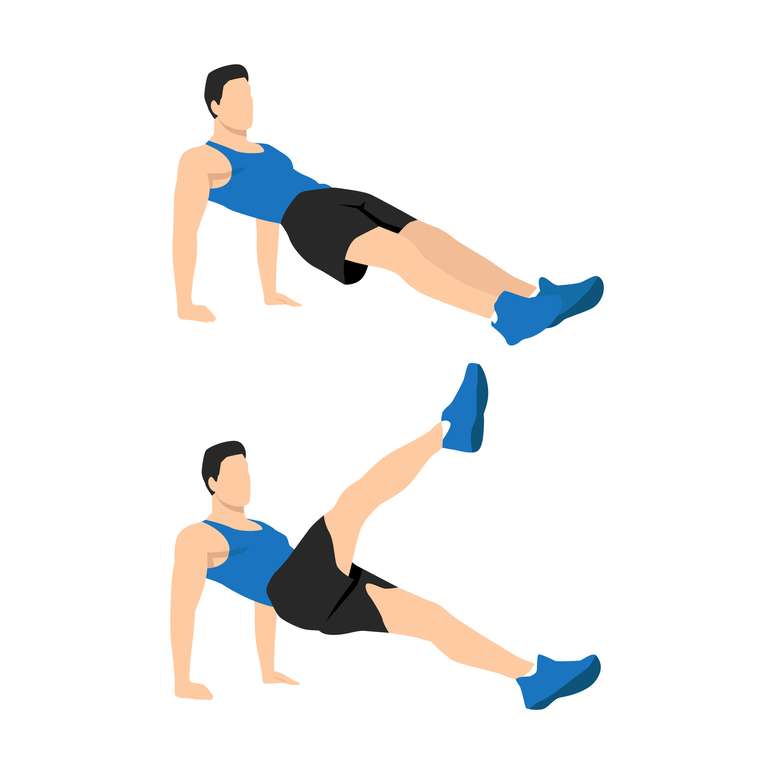
6. Plank with leg raises
The plank position is the traditional one. However, a unilateral elevation of the leg is performed while maintaining the position with the muscles contracted. Maintain the traditional plank position and start by lifting one leg (without bending), performing a few repetitions. Then return and do the same movement with the other leg.
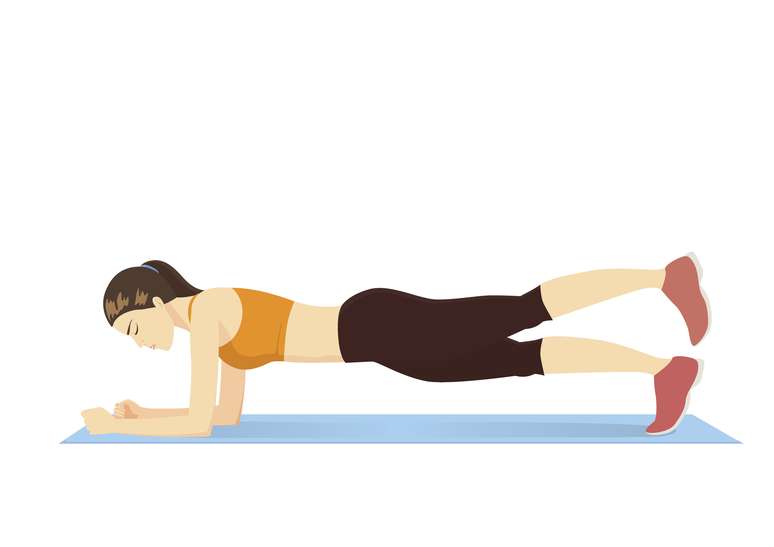
7. Climber
In the climber, the person must place both hands on the ground and remain in the traditional plank position. However, you will have to perform a movement alternating the position of your legs, as if you were climbing a mountain, alternately bringing your knees to the height of your abdomen.
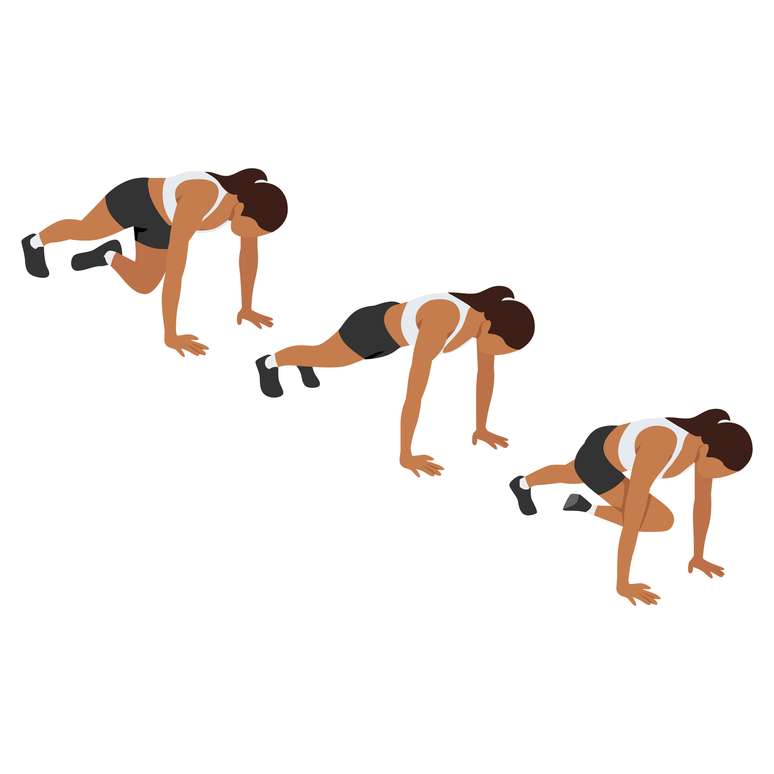
8. Side table
The movement is isometric, the same as the traditional plank, but performed laterally. Lie on your side and rest one of your arms on the floor, such as your elbow and forearm. Raise your pelvis laterally, keeping only one foot resting on the floor. The legs should always be extended and the muscles contracted. Do this on both sides. This variation can also be performed with only the palms of the hands supported and the arm fully extended.
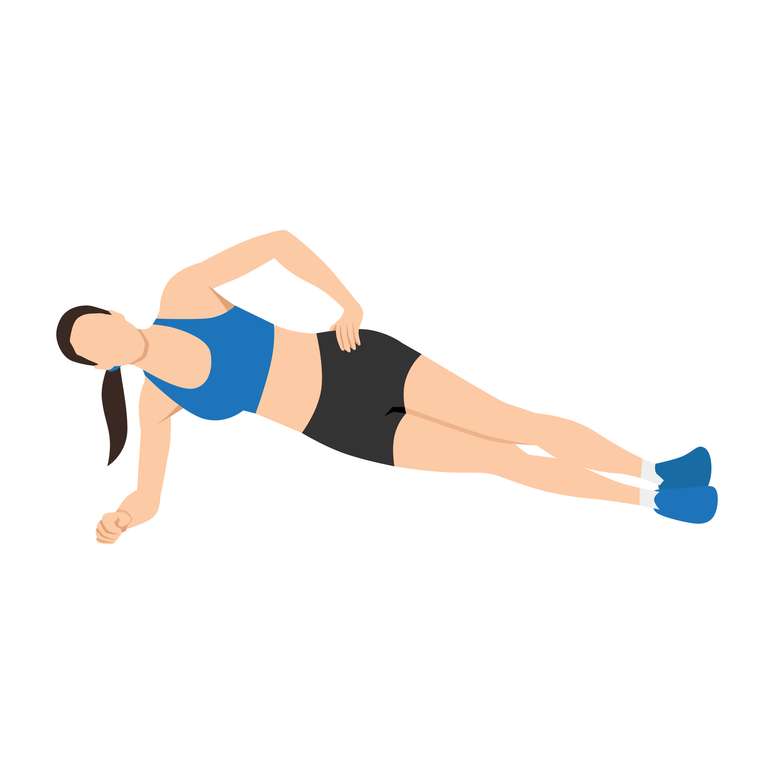
9. Star board
The star plank is isometric, just like the traditional plank. However, the position is a lateral plank, that is, with only one of the elbows resting on the floor. Get into the side plank position and extend your upper arm overhead. At the same time, extend your top leg straight up, assuming a star-like position. Do the exercise on the other side.
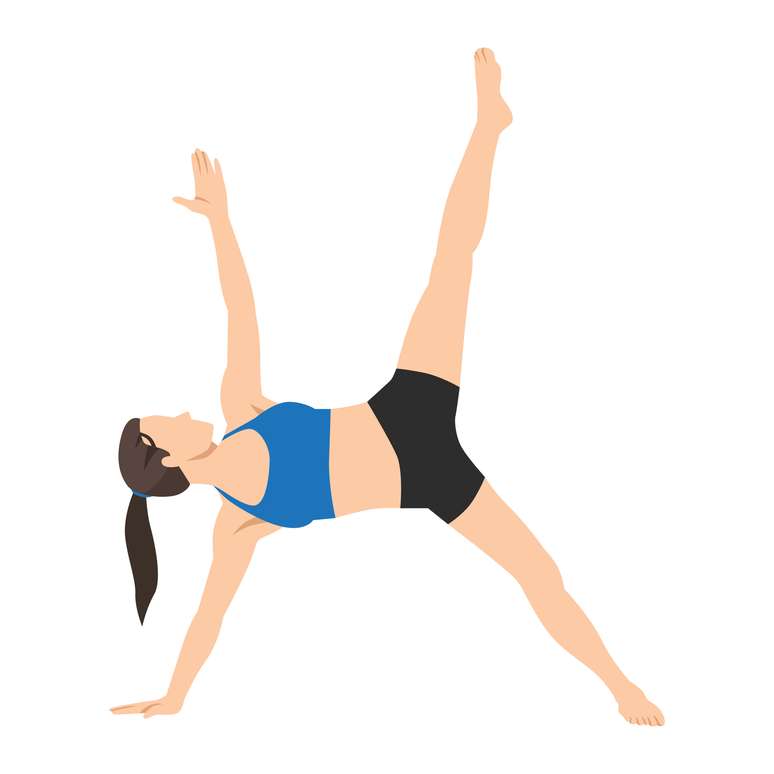
10. Plank on the ball or bosu
This more advanced version requires a Pilates ball or bosu. The plank movement is the same as the traditional one, but the arms are placed on the ball, which makes the movement difficult and helps to regain balance. The movement can also be reversed, with the feet resting on the ball and the hands on the ground.
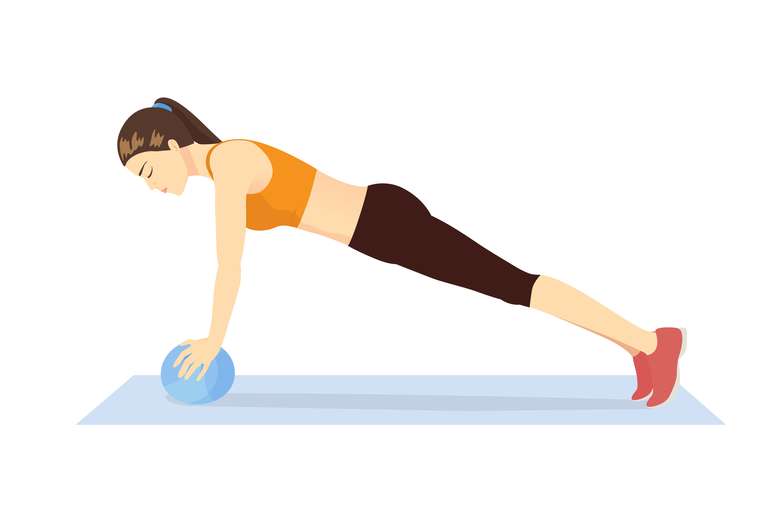
11. “Superman”
Here too the movement is isometric, but without support from the arms or legs. What is resting on the floor is precisely the abdomen. The person lies on the floor face down and makes the movement of raising his arms, head and feet, as if he were about to fly. Hence the name Superman.
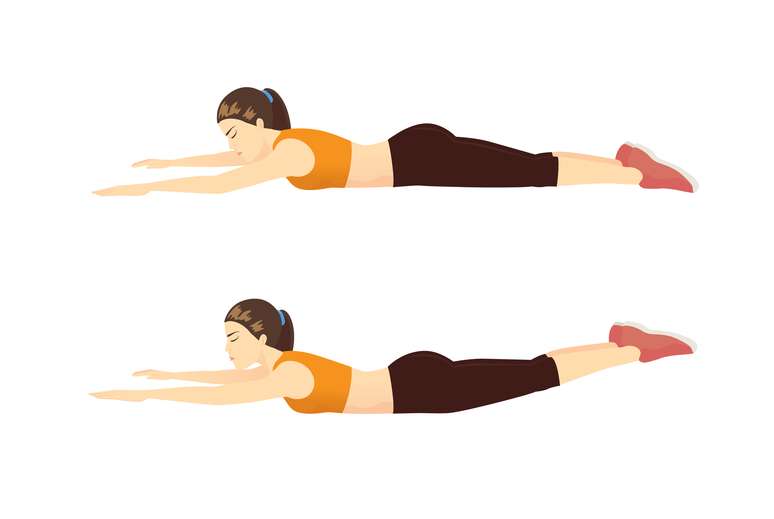
The journey to flat abs
Defining your abdomen goes beyond performing abdominal exercises. The combination of effective training, a balanced diet and aerobic exercise is essential to reduce the fat percentage and allow the abdominal muscles to become visible.
The calisthenics exercises presented here are great for training the abdominal area at home, without the need for expensive equipment. Remember, when incorporating these activities into your training, it’s important to stay consistent, consult a professional to ensure proper execution, and always align your training with a healthy diet.
Source: Terra
Ben Stock is a lifestyle journalist and author at Gossipify. He writes about topics such as health, wellness, travel, food and home decor. He provides practical advice and inspiration to improve well-being, keeps readers up to date with latest lifestyle news and trends, known for his engaging writing style, in-depth analysis and unique perspectives.

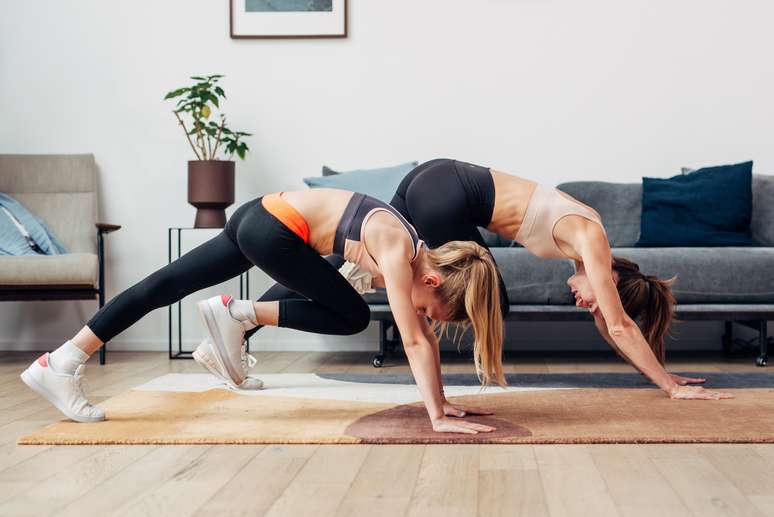



-socaupx8a1ya.png)


